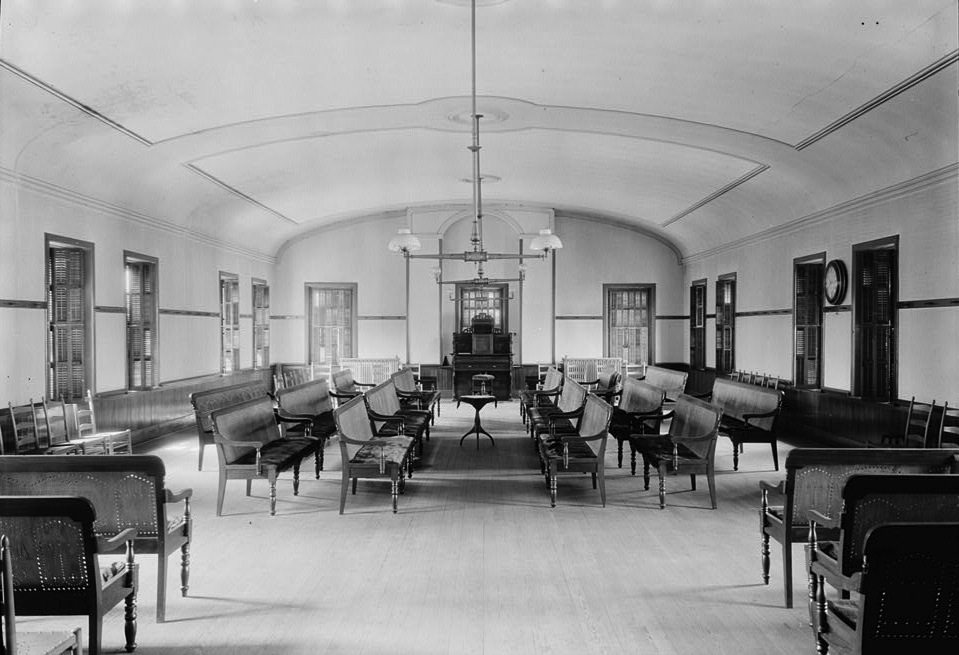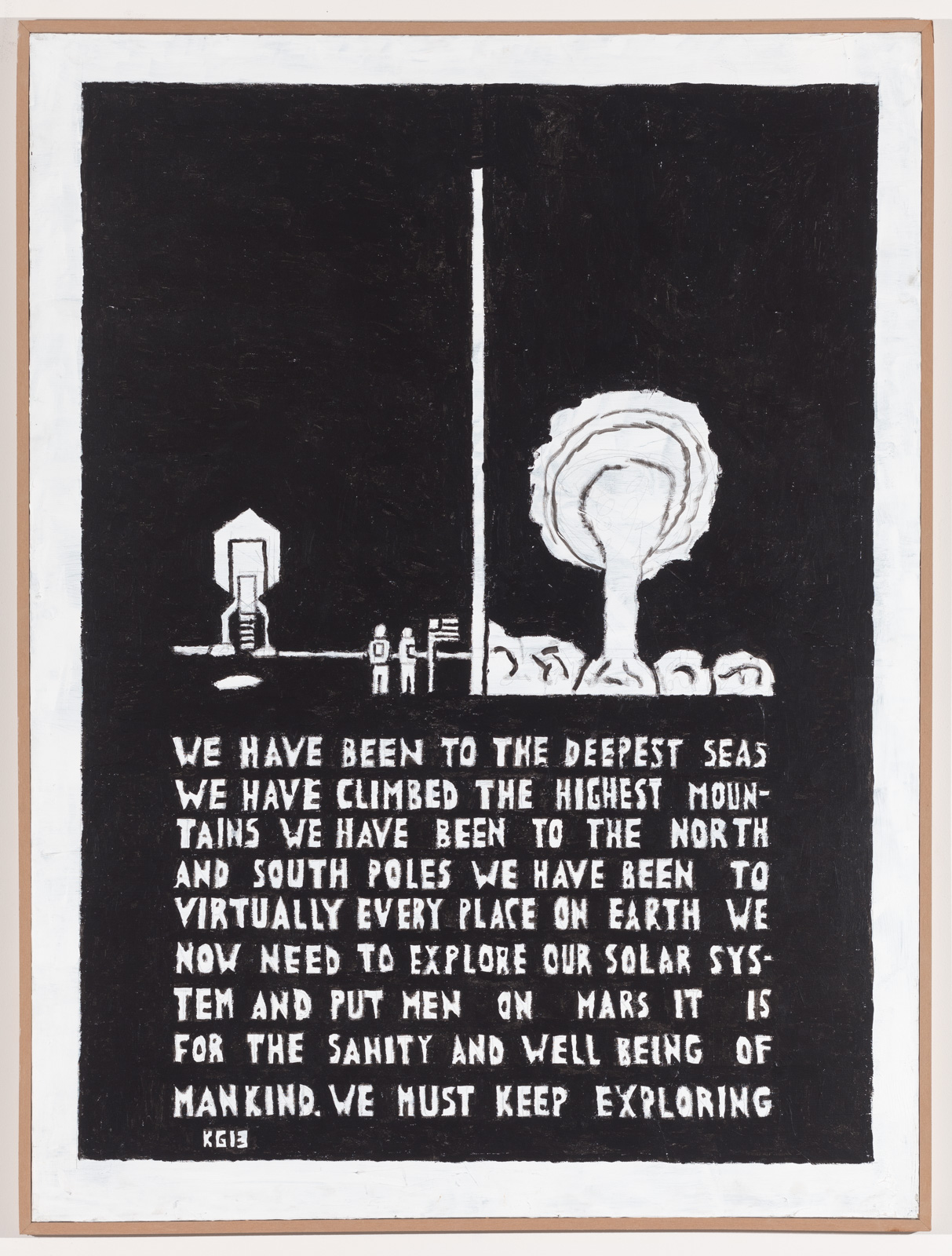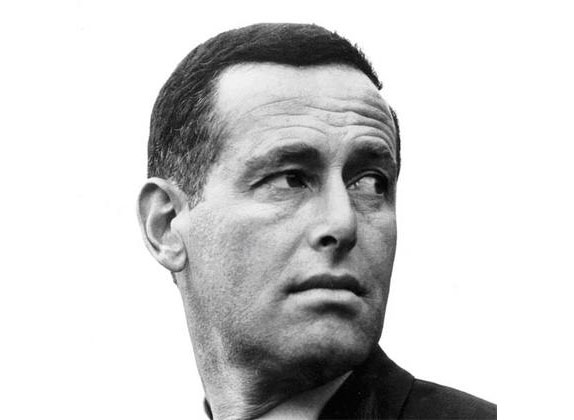Imagine a world where architecture is korean eroticism sex uncensorednot one of the world’s most polluting industries, but instead has a positive impact on both people and the planet. At Mashable, we've long celebrated architecture and design’s changemakers, those looking toward environmentally responsible and informed ways of building our cities and towns, restoring and preventing damage, and repurposing materials.
In 2022, when climate-related news brought mostly anxiety and very real disasters, we chose hope over despair. We sought inspiration from the visionaries who take the road less travelled and dare to imagine, and then help build, a different kind of future. We spoke to landscape architects working with nature to better our cities, showcased architects returning to ancient building practices, and celebrated the ingenuity of designers breaking the boundaries of imagination by turning solar panels into art, and capturing carbon in…tiles.
SEE ALSO: Climate change anxiety: How to stop spiraling and make a differenceIf you’ve missed them, here are some of architecture and design’s most exciting ideas.
In 1997, Yu Kongjian, a young landscape architect and Harvard graduate returned to his native China and proposed what was then seen as a radical notion: that China’s monsoon climate is incompatible with the country's adoption of Western urbanisation models. Yu's theory was that the removal of natural organic matter from cities, and swapping soil for concrete, turned cities into impermeable jungles that can lead to devastating flooding. The antidote he offered was simple: nature itself can help prevent such disasters, we just need to let it be.
At the time, Yu wasn’t taken seriously, but a tragic flood in Beijing in 2012 made local authorities reconsider his ideas. Today, the so-called ‘sponge cities’ are national policy, and though the idea’s origins are too ancient to accurately trace, the term ‘sponge cities’ is uniquely Yu's.
In August, we explored the genesis of Yu's sponge cities, some of the architects applying the green city model on a global scale, and how efficient sponge cities are in the face of climate change. This notably features the story of the twin cities of Nogales, Sonora (Mexico) and Nogales, Arizona (U.S.) – a striking example of the damages rapid urbanisation can cause.
The expansion of city infrastructure can sometimes work to nature's advantage. During the building of the Elizabeth Line, London’s most ambitious railway yet, over 7 million tonnes of soil were dug from the ground. Instead of wasting this precious material, Crossrail, the company building the Elizabeth Line, donated about half of it to the Royal Society for the Protection of Birds (RSPB). The 3.5 million tonnes of soil were shipped from London to the Essex coast where they were used to create a bird sanctuary.
Thanks to this delivery, RSPB built sea defences and restored lagoons and mudflats once native to the area, but lost to agriculture, coastal erosion, and sea level rise.
When speaking about climate change and cities, we have to examine the way urban dwellers get their energy. In some European cities, whose historic centres act as open-air museums, bulky, view-obstructing solar panels are prohibited by conservation laws. This makes sense, as from their genesis, solar panels have been thought of primarily as an energy tech invention. Now that the technology has advanced, it’s time to look at the bigger picture. If cities want to produce their own energy at a large scale, solar designer Marjan van Aubel argues, we need to rethink the way solar panels look too.
In September, van Aubel told Mashable about the solar panels she designs, and how aesthetics may as well be the secret weapon we need to revolutionise the appeal of solar energy.
What’s good for nature is often good for people, too. Diana Kellogg’s Rajkumari Ratnavati Girl’s School, a proud oval building in the Thar desert, proves just that. After her studio was commissioned to create the girl's school in the city of Jailsamer (in the state of Rajasthan, India), Kellogg took an intersectional approach to building sustainably in the desert’s harsh conditions. To create a naturally cooled building, she used locally sourced materials and collaborated with local craftspeople who helped her recreate the area's ancient building practices, with a modern twist. Cultural tradition was especially important, and Kellogg ensured that modesty screens in the form of reimagined jali walls create a safe environment for the students while also stimulating learning and play.
When it comes to energy production and consumption, the school is self-sufficient, thanks to another blend between modernity and tradition. While the roofs are equipped with solar panels, the courtyard uses regional water collection techniques to store rainwater during the Monsoon season.
In India’s urban areas, however, the concerns are quite different. A staggering 43 of the world’s 50 most polluted cities are here, which is mostly due to heavy traffic, even heavier reliance on fossil fuels, and tire and waste burning practices. Amid the many pollutants, black carbon (CO2e) is especially damaging to both human and environmental health.
At the same time, one of black carbon’s important features is that it consists of particles that can be captured and prevented from entering the atmosphere. In an attempt to do just that, Mumbai-based studio Carbon Craft Design has found a way to upcycle the pollutant by incorporating it into its tile design. According to the company, a single tile can prevent around five kilograms of black carbon from entering the atmosphere – equivalent to the pollution a single car on the road produces within 15 minutes. And while the design may not combat air pollution all at once, its small steps could turn into a giant leap if similar practices are adopted by the construction industry at large.
 Eufy L60 robot vacuum: Get it for $279.95 at Amazon
Eufy L60 robot vacuum: Get it for $279.95 at Amazon
 Cuteness for Fun and Profit
Cuteness for Fun and Profit
 The Perfect Symmetry of Shaker Architecture
The Perfect Symmetry of Shaker Architecture
 Ken Grimes’s Outsider Art Searches Restlessly for Alien Life
Ken Grimes’s Outsider Art Searches Restlessly for Alien Life
 Eufy L60 robot vacuum: Get it for $279.95 at Amazon
Eufy L60 robot vacuum: Get it for $279.95 at Amazon
 How the WPA Posters Changed Graphic Design
How the WPA Posters Changed Graphic Design
 A 1922 Science Fiction Novel About Grafting Monkey Glands
A 1922 Science Fiction Novel About Grafting Monkey Glands
 The Difference Between Burnout and Writer’s Block
The Difference Between Burnout and Writer’s Block
 Big-League Bluster
Big-League Bluster
 Jhumpa Lahiri on James Salter’s “Light Years”
Jhumpa Lahiri on James Salter’s “Light Years”
 Turtle Beach Recon 50P gaming headset deal: 28% off
Turtle Beach Recon 50P gaming headset deal: 28% off
 On Taylor Swift’s Passive
On Taylor Swift’s Passive
 Beauty Is Scary
Beauty Is Scary
 Christopher Robin Is Saying His Prayers
Christopher Robin Is Saying His Prayers
 NYT Connections hints and answers for May 10: Tips to solve 'Connections' #699.
NYT Connections hints and answers for May 10: Tips to solve 'Connections' #699.
 On James Wright’s “Lying in a Hammock...”
On James Wright’s “Lying in a Hammock...”
 Kate Joyce's Photographs of Jonny Greenwood and the Big Ears Music Festival
Kate Joyce's Photographs of Jonny Greenwood and the Big Ears Music Festival
 When Paperback Covers Get It Wrong—Very Wrong
When Paperback Covers Get It Wrong—Very Wrong
 James Salter on His Early Experiences with The Paris Review
James Salter on His Early Experiences with The Paris Review
Understanding Relational vs. NonPopyrin vs. Draper 2025 livestream: Watch Queens Tennis for free3D Game Rendering 101Manchester City vs. Wydad AC 2025 livestream: Watch Club World Cup for freeRefurbished Bose 550 Dolby Atmos Soundbar: Just $170Best speaker deal: Save $42 on the Sony ULT Field 1 speaker at AmazonEver Wonder How the Shazam Algorithm Works?The secret behind Macy Blackwell’s 2.2M TikTok followersIntellivision: Gone But Not ForgottenHow JPEG Image Compression WorksDJI Mavic 3 Pro Drone Fly More Combo: $700 off at WootWhat Ever Happened to Winamp?Top 10 Tech PranksCapCut terms of service changes frighten TikTok usersGoogle finally confirms the Pixel 10...sort ofIs the Ryzen 9800X3D Truly Faster for RealUnderstanding Relational vs. NonTop 10 Tech PranksCapCut terms of service changes frighten TikTok usersThe OLED Burn Anatomy of a Graphics Card Resident Evil 3 Benchmarked What Happened Last Time AMD Beat Intel? Everything You Need to Know About SFF PCs Should You Be Wary of All the Free Games? Explainer: L1 vs. L2 vs. L3 Cache Best Memorial Day TV deal: Slash $500 off the LG 77 Is the Ryzen 3 3300X Better Value than the Ryzen 5 3600? NYT Strands hints, answers for May 23 The 10 Most Anticipated PC Games of 2020 How to watch 'The Last Showgirl': Now streaming Navi vs. Turing: An Architecture Comparison TechSpot's Annual Guide to Buying a Used Graphics Card Best Dyson deal: Get the Dyson Airstrait Straightener for its lowest price yet Thunder vs. Timberwolves 2025 livestream: Watch Game 2 of NBA Playoffs for free DOOM Eternal PC Graphics Benchmark Anatomy of a CPU Ryzen 5 3600 vs. 3600X: Which should you buy? 2016's $170 GPU vs. 2019's $170 GPUs Majority of Gen Z would marry an AI, survey says
0.9065s , 8285.90625 kb
Copyright © 2025 Powered by 【korean eroticism sex uncensored】,Fresh Information Network